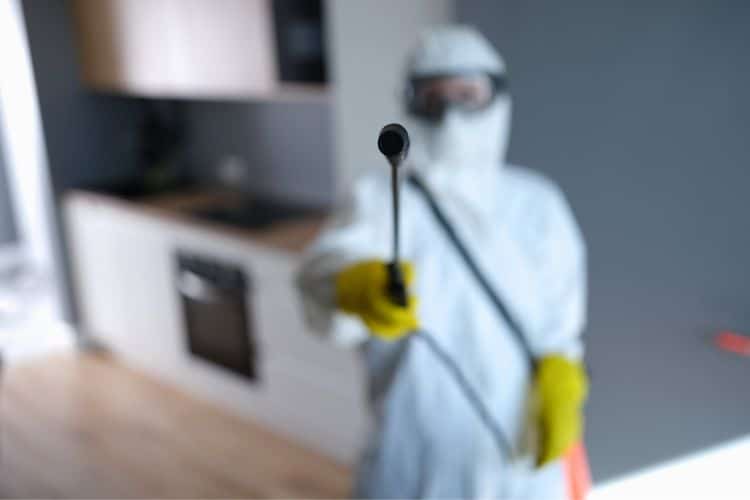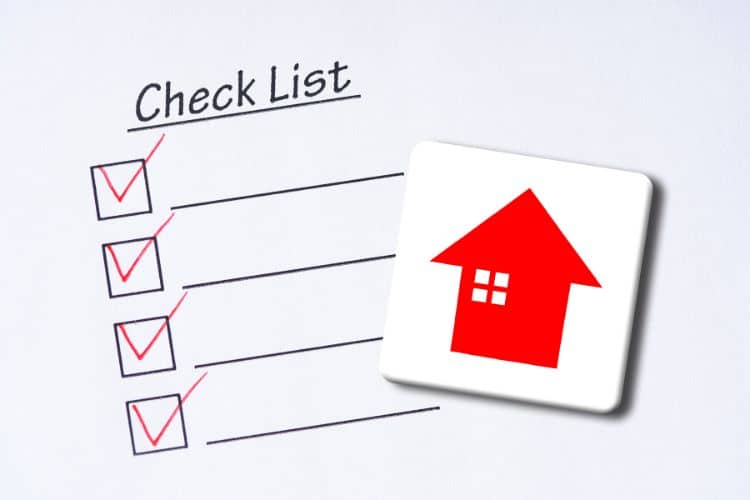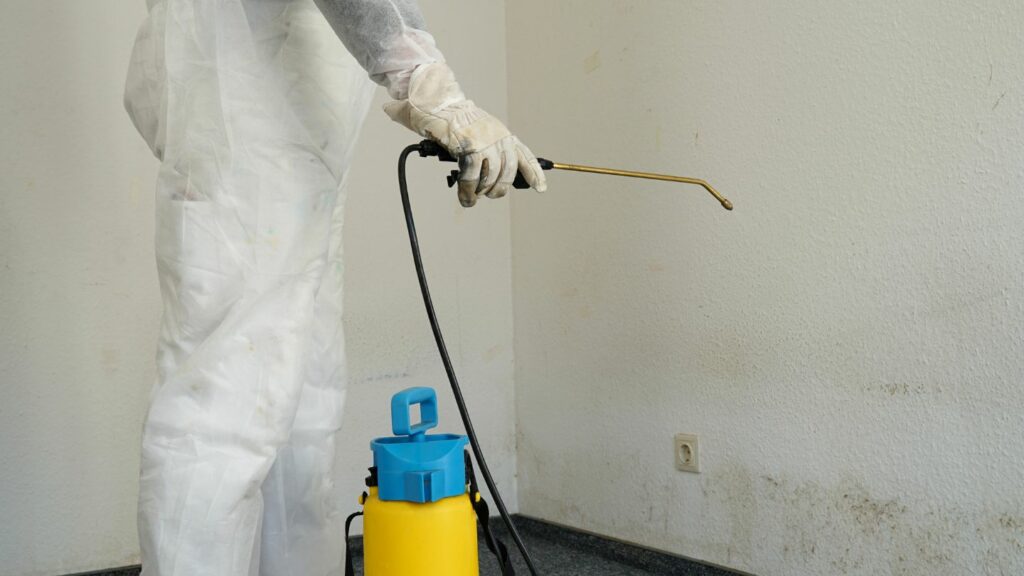The Science Behind Mold Growth: A Closer Look at Fungi in Our Homes
The presence and growth of mold in residential buildings is a common concern among homeowners due to its potential health risks and damage to property. Misconceptions and lack of knowledge about mold and how to combat it can aggravate this issue. This article aims to shed light on the scientific aspects of mold growth, discuss […]
The Science Behind Mold Growth: A Closer Look at Fungi in Our Homes Read More »





